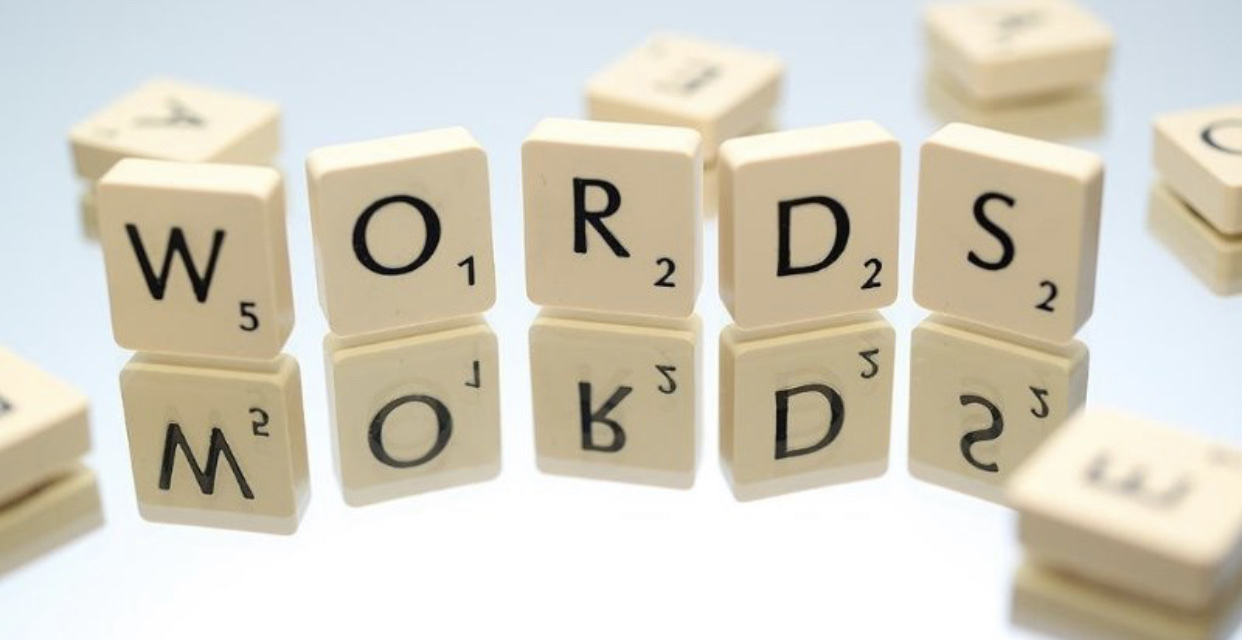Have you ever wanted something and then talked yourself out of it by using a “yea, but” phrase? It goes a little something like this:
“I would like a raise.”
“Yea, but they probably won’t give it to me because I’ve only worked here a year.”
– or –
“I want to learn how to play the piano.”
“Yea, but that’s a lot of practice time and I’m too old to learn something new.”
Why do we countermand our own goals? My assumption is this inner-critic tactic is a way to avoid failure. If we immediately invalidate our ability to accomplish the goal, then we can avoid failure by never even trying. What’s worse than the fear of failure? Actual failure?
I disagree.
What’s worse than the fear of failure? Never knowing if you could have succeeded.
Martha Beck, the author of “Steering by Starlight” dismantles our “Yea, but” statements (she brilliantly labeled them “Stuck Statements”) to identify the fear behind them. First you need to identify your Stuck Statement:
I see myself helping others achieve their professional goals, but I haven’t yet achieved my own so I can’t.
See the but in there? Well, as long as you’re sitting on that but(t), you can’t move forward. Martha says “Yea, but” statements are like mental cockroaches who can multiply and survive the most intense attempt at dismantling them. How’s that for motivation to stop thinking these thoughts?
Our mind is meant to protect us and these “Yea, but” statements are our mind’s attempt to preserve the safety net built by avoiding failure. Sort of like nature’s way of protecting a chameleon by allowing it to blend in with its surroundings. Stay in the safe zone, don’t be noticed by others, and you can protect yourself from danger. Trouble is: you are shielding yourself from greatness.
Now that you have your stuck statement, let’s add a stopper between your goal and the stalemate to help identify the fear behind the “Yea, but” so we can work to dismantle it. The template sounds a little awkward by itself but when applied to a specific scenario, it flows nicely.
“I am choosing not to have X because I believe Y is a problem. My true nature can have X because it knows Y is not the problem, my beliefs are.”
What does this look like for my “Yea, but” statement:
I am choosing not to help others achieve their professional goals because I believe I haven’t yet achieved my own. My true nature can help others achieve their goals but it is my belief that I have to have it all figured out in order for others to trust I can help them do the same.
It’s such a simple adjustment in our words and thoughts that help us recognize that our goals are not too big or too grand or too soon – it is just the fear of failure that makes us believe that. By identifying the roadblock fear, we can work to remove it from our path to accomplish our goals and become the version of ourselves we see in our dreams!
Give yourself permission to live a big life. Step into who you are meant to be. Stop playing small. You’re created for greater things.
Society tends to teach us that we don’t deserve the best, that we have to earn it and even then, perhaps we don’t receive. It’s a departure from what we believed as children when our intuition and imagination led us to dare greatly. We are meant to be larger than life, to feel totally challenged and fulfilled. Tap into that belief again. The belief that you can dare greatly and achieve anything! The best is available to all of us – if we choose to believe that – and choose it every day.


